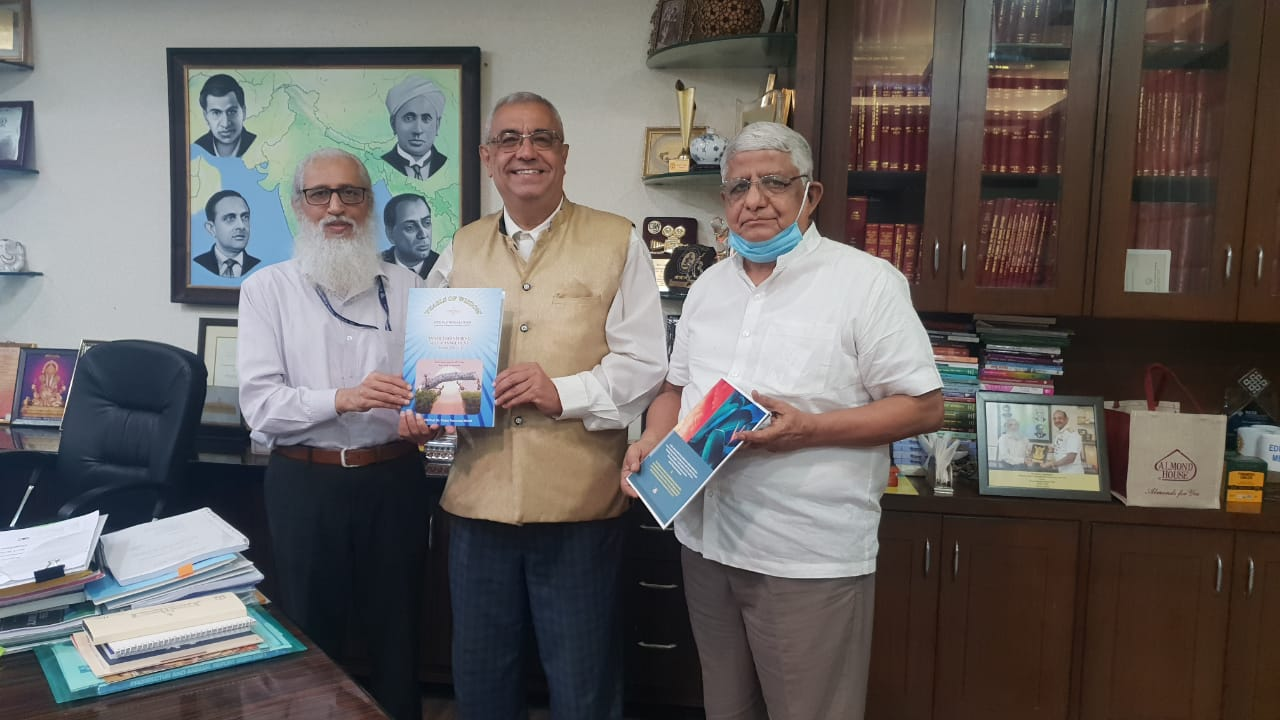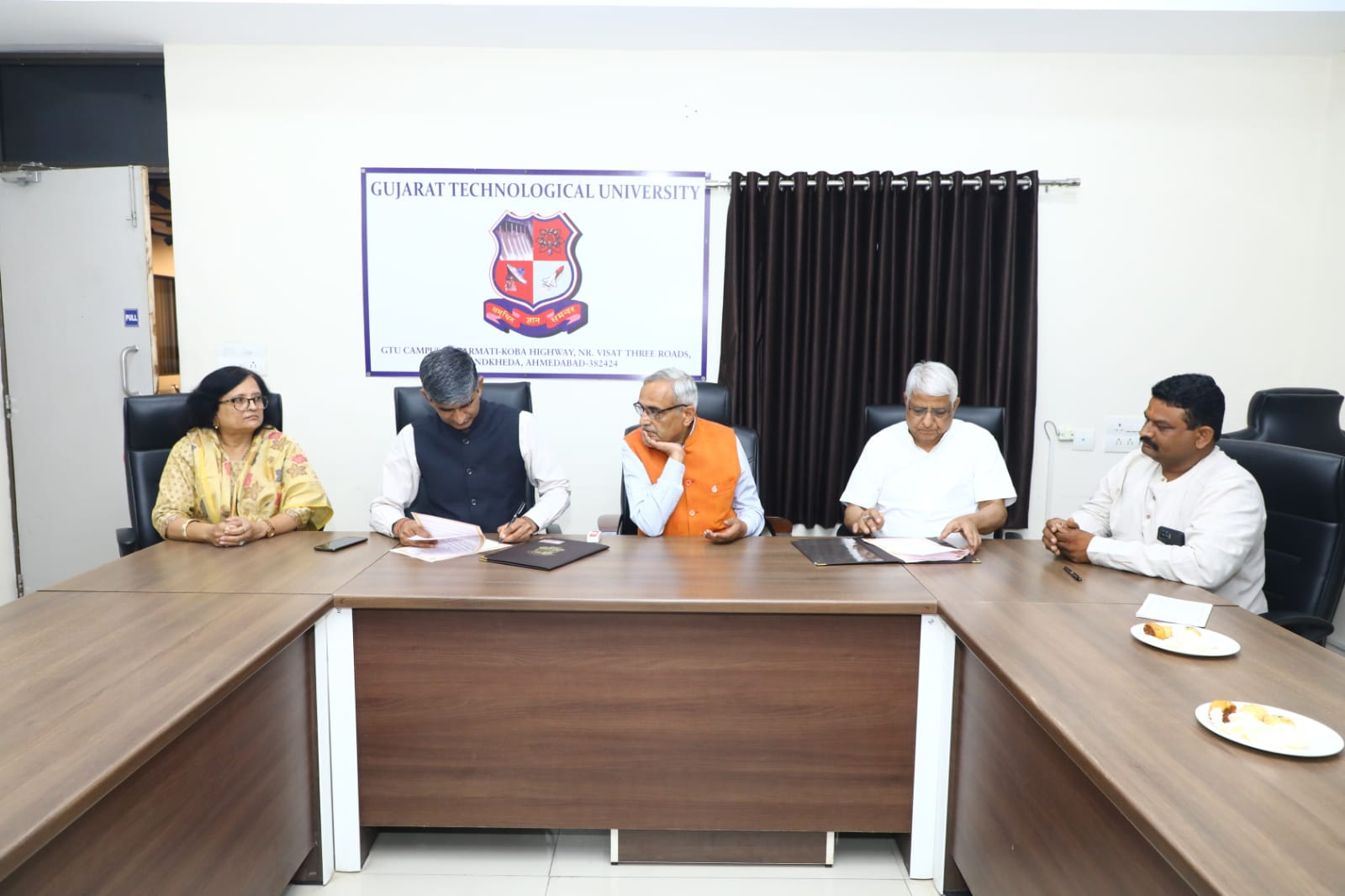Article
Meaningful Solution
The modern numbers we use is not the original number system. We Indians had a Sanskrit form of numeral system, the HINDU NUMERAL SYSTEM with the similar amount of advancement, which was very prevalent in Medieval India. The Arabians adopted this system, and was taken to Europe in the modified form, and was renamed as the HINDU-ARABIC NUMERAL SYSTEM, which was use today. The movement of stars which was calculated by Hindus 4,500 years ago does not differ even by a minute from the tables which we are using today. The Hindu systems of astronomy are much more ancient than those of the Egyptians - even the Jews derived from the Hindus their knowledge. This all shows how much advanced was subject of Mathematics in Bharat.
It was in year 1965 after svargarohan of Shankaracharya of Puri HEH rev. Pujya Swami Bharati Krishna Tirth maharaj work was brought to forefront of we people by his disciple Ms. Manjula Trivedi and thus Journey of Vedic Maths started.
This Book of Swamiji which is available in market under Title of “Vedic Mathematics” by Swami Bharati Krishna Tirth maharaj clearly states that it is Incomplete, and we have to take it ahead as result many people worked on it or rather working for application of 16 sutras or formulae mentioned by Swamiji.
Anyhow whatever things may be the book is tough to follow but principle mentioned there in literally makes student number savvy, they start playing with numbers.
Great Mathematicians of India have major contribution towards this subject. Indian mathematics emerged in the Indian subcontinent from 1200 BC until the end of the 18th century. Bodhayan (fl.c.900BCE) Katyayana (fl.c.300 BCE) Pingala (possibly c. 500 BCE) In the classical period of Indian mathematics (400 AD to 1200 AD), important contributions were made by scholars like Aryabhata, Brahmagupta, Bhaskara II, and Varāhamihira.The decimal number system in use today was first recorded in Indian mathematics Indian mathematicians made early contributions to the study of the concept of zero as a number, negative numbers, arithmetic, and algebra in addition, trigonometry was further advanced in India, and, in particular, the modern definitions of sine and cosine were developed there. These mathematical concepts were transmitted to the Middle East, China, and Europe and led to further developments that now form the foundations of many areas of mathematics.
Swami Bharati Krishna Tirth (1884–1960);gave 16 sutras/aphorisms; Srinivasa Ramanujan (1887–1920) he made substantial contributions to mathematical analysis, number theory, infinite series, and fractions, Dattaraya Ramchandra Kaprekar (1905–1986) Gave Kaprekar numbers ;Harshad numbers etc. Akshay Venkatesh (born 1981) In 2018, he was awarded the Fields Medal for his synthesis of analytic number theory, homogeneous dynamics, topology, and representation theory Manjul Bhargava (born 1974) He is known primarily for his contributions to number theory. So let us make this subject of Maths easy, and a way to understand Maths without any difficulty.





